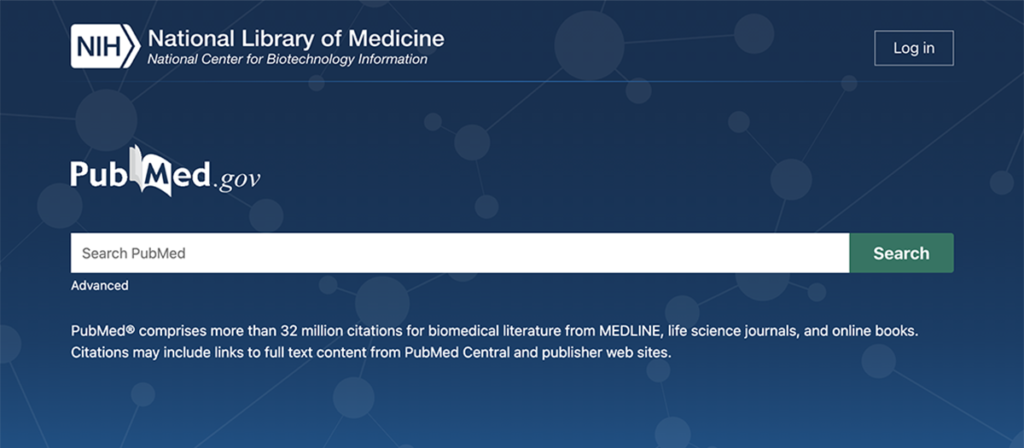A research proposal is more than just a document; it’s a strategic roadmap that guides your academic journey. A well-structured proposal not only impresses potential funders or supervisors but also ensures a focused and efficient research process. Let’s delve deeper into each component.
1. Introduction
- Research Question: This is the cornerstone of your study. It should be clear, concise, and specific, outlining the problem you aim to solve or the knowledge gap you intend to fill.
- Example: What is the impact of early childhood education on long-term cognitive development?
- Research Objectives: Clearly articulate what you hope to achieve through your research. They should be directly linked to the research question and measurable.
- Example: To examine the relationship between the duration of early childhood education and children’s IQ scores at age 10.
- Research Significance: Explain why your research matters. Highlight the potential impact of your findings on the field, society, or policy.
- Example: This research can inform early childhood education policies and resource allocation to optimize children’s cognitive development.
2. Literature Review
- Comprehensive Coverage: Demonstrate a thorough understanding of the existing research on your topic.
- Critical Analysis: Evaluate the strengths and weaknesses of previous studies.
- Identifying Gaps: Clearly articulate the research gap that your study will address.
- Theoretical Framework: Explain the theoretical underpinnings of your research.
- Research Questions: Refine your research questions based on the literature review.

3. Methodology
- Research Design: Choose the most appropriate research design (experimental, correlational, qualitative, etc.) based on your research questions.
- Example: Longitudinal study following children from birth to age 10.
- Data Collection Methods: Detail how you will gather data (surveys, interviews, observations, experiments, etc.).
- Example: Administer standardized cognitive tests at ages 2, 5, and 10.
- Data Analysis Techniques: Describe the statistical or qualitative methods you will use to analyze your data.
- Example: Conduct correlation analyses and regression models to examine the relationship between early childhood education and IQ scores.
- Ethical Considerations: Address potential ethical issues and how you will handle them (informed consent, data privacy, etc.).
- Feasibility: Demonstrate that your research is practical and achievable within the given timeframe and resources.
4. Preliminary Data (If Applicable)
- Pilot Study Results: If you have conducted a pilot study, present preliminary findings to support the feasibility and relevance of your research.
- Data Analysis: Show how preliminary data has informed your research design and methodology.
- Implications: Discuss the potential implications of preliminary findings for your overall research.
5. Statement of Limitations
- Scope: Clearly define the boundaries of your study.
- Constraints: Acknowledge limitations in terms of time, resources, or methodology.
- Alternative Explanations: Consider potential alternative explanations for your findings.
- Future Research: Suggest potential avenues for future research to address limitations.
6. Conclusion
- Summary of Key Points: Recapitulate the main arguments and objectives of your proposal.
- Research Contributions: Emphasize the potential impact of your research.
- Call to Action: Conclude with a strong statement that reinforces the importance of your study.
Additional Tips
- Clarity and Conciseness: Use clear and concise language throughout your proposal.
- Visual Aids: Incorporate diagrams, tables, or charts to enhance understanding.
- Formatting: Adhere to the specified formatting guidelines (font, spacing, margins, etc.).
- Proofreading: Carefully proofread your proposal for errors in grammar and spelling.
- Seek Feedback: Share your proposal with peers or mentors for constructive criticism.
By following these guidelines and providing comprehensive details, you can create a research proposal that not only impresses but also sets a solid foundation for your research journey.


